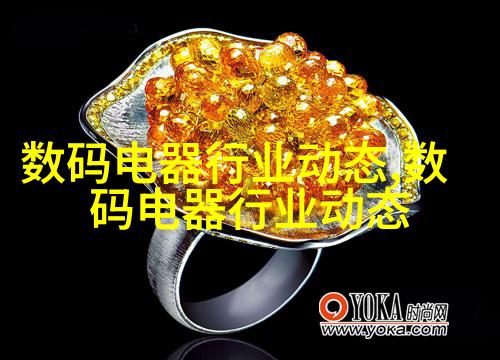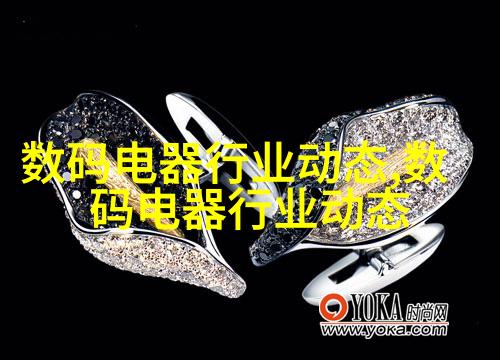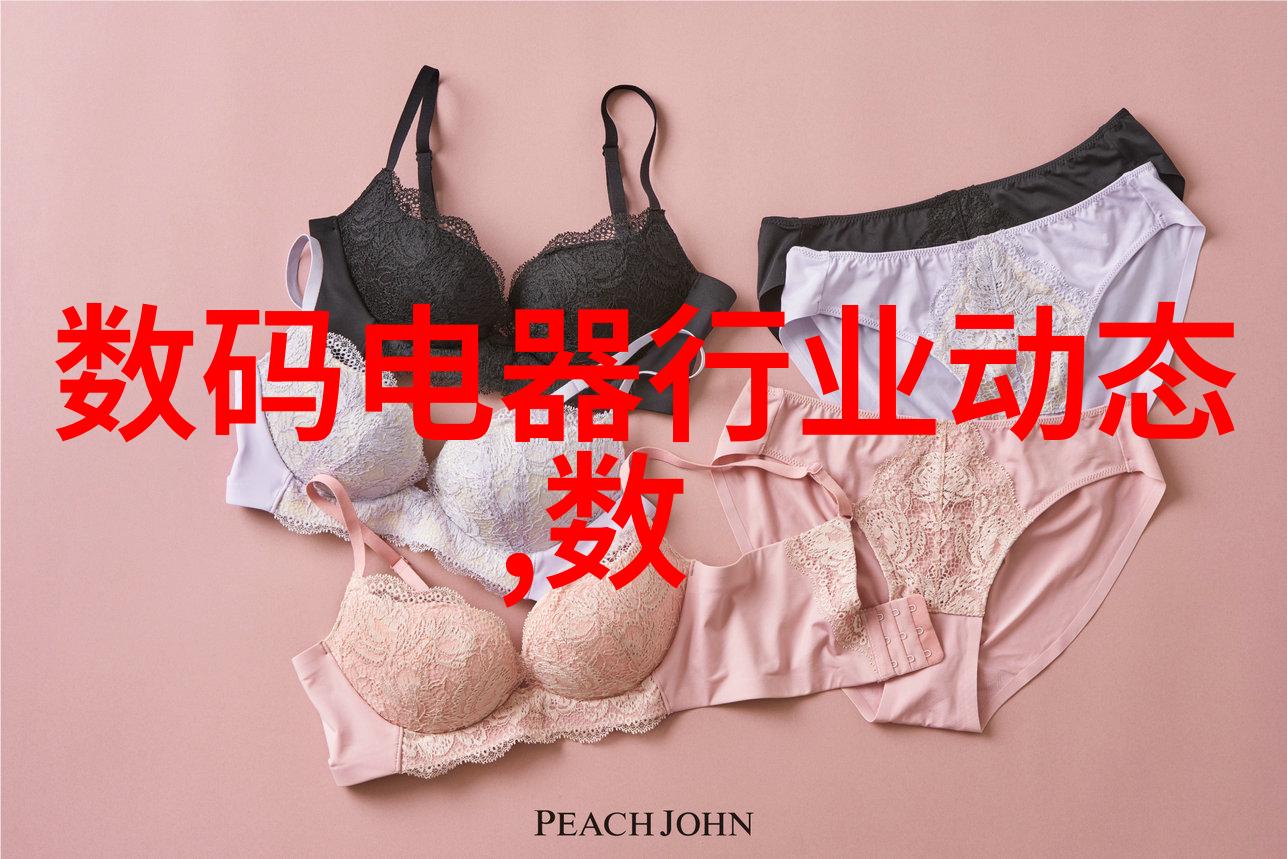不锈钢金属丝网填料在建筑隔热中的应用探究
不锈钢金属丝网填料的基本特性与优势

不锈钢金属丝网填料是一种由不锈钢制成的细小金属丝编织而成的材料,它具有良好的耐腐蚀性、抗氧化性能和较高的强度。这种材料广泛用于各种建筑工程中,尤其是在需要隔热效果好同时又要保证结构安全性的场合。相比于其他类型的隔热材料,不锈钢金属丝网填料具有一定的弹性,可以承受一定程度的地震和风力作用,且易于安装和维护。
不锈钢金属丝网填料在墙体隔热中的应用

在现代建筑设计中,墙体是最常见的一种结构元素之一,其能量消耗占总能耗的大部分。在提高能源效率方面,墙体作为重要组成部分不可或缺。通过将不锈钢金属丝网填充到混凝土或石膏板之中,可以有效地减少外部环境对室内温度造成影响,从而达到节能降耗的目的。此外,这种方法还可以增加墙体的密封性,有助于防止空气流通,从而进一步提升整体隔音效果。
不锈steelmetallics filta in roof insulation applications

屋顶是建筑物上吸收大量阳光并释放热量的地方,因此屋顶加层隔热非常关键。不锈steelmetallics filta can be used to create a layer of insulation between the roof and the outer shell, reducing heat transfer and keeping buildings cooler during summer and warmer during winter. This not only reduces energy consumption but also prolongs the lifespan of roofing materials.
Notable benefits of using stainless steel mesh fillers for thermal insulation

使用stainless steel mesh filler for thermal insulation has several advantages beyond its basic properties. Firstly, it is easy to install and maintain due to its lightweight nature and flexibility. Secondly, it provides excellent resistance against pests such as rodents that might damage other types of insulators like fiberglass or cellulose fibers.
Environmental impact considerations in using stainless steel mesh fillers for thermal insulation

While stainless steel mesh fillers offer many benefits when used as a material for building thermal insulation, their production process does have an environmental impact which should not be overlooked.The extraction of raw materials (such as chromium) from mines may cause harm to local ecosystems if proper regulations are not followed.
Future prospects for the use of stainless steel mesh fillers in building construction industry
As society becomes increasingly aware about sustainability issues related to energy consumption and resource depletion, there will be greater demand on new technologies that can improve efficiency without compromising safety standards or aesthetics aspects.The use of non-toxic metal materials with high durability characteristics like stainless steels offers great potential in this field given their versatility across various applications within architecture including exterior cladding systems or interior design elements.
In conclusion, while we discussed several ways that non-stainless-steel-metal-silicate-based products could help reduce greenhouse gas emissions by improving energy efficiency at home through reduced heating costs; they do come with certain drawbacks such as higher upfront cost compared with traditional options which makes them less accessible especially among low-income households whose primary concerns are affordability rather than long-term savings on utility bills.In contrast however utilizing these types-of-materials would certainly provide more environmentally friendly solutions since they're recyclable thereby reducing waste disposal problems associated with discarded plastic packaging found commonly elsewhere throughout our daily lives.Furthermore considering how widespread this type-of-material is utilized worldwide -it seems clear that future innovations built upon current trends towards sustainability will likely involve increased adoption rates amongst consumers seeking eco-friendly alternatives whenever possible – even though some users might initially find them expensive relative to traditional counterparts due largely because these newer alternatives require special handling procedures before being installed correctly into structures making them slightly more costly upfront before any financial gains accrue from lower operating expenses down line over time thus demonstrating why there exists ongoing need support policy makers who understand value importance sustainable development initiatives contributing positively toward overall health wellbeing planet Earth itself!






